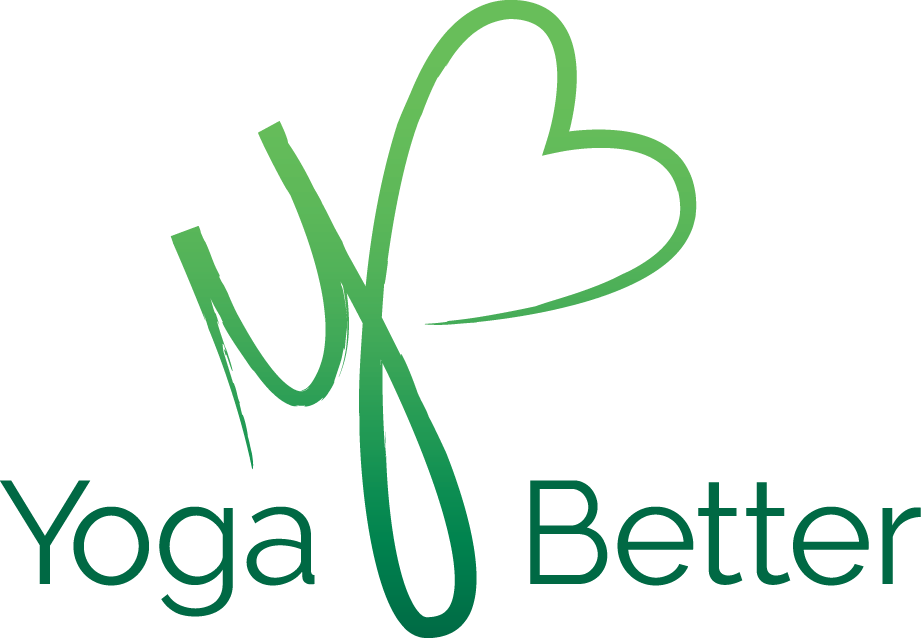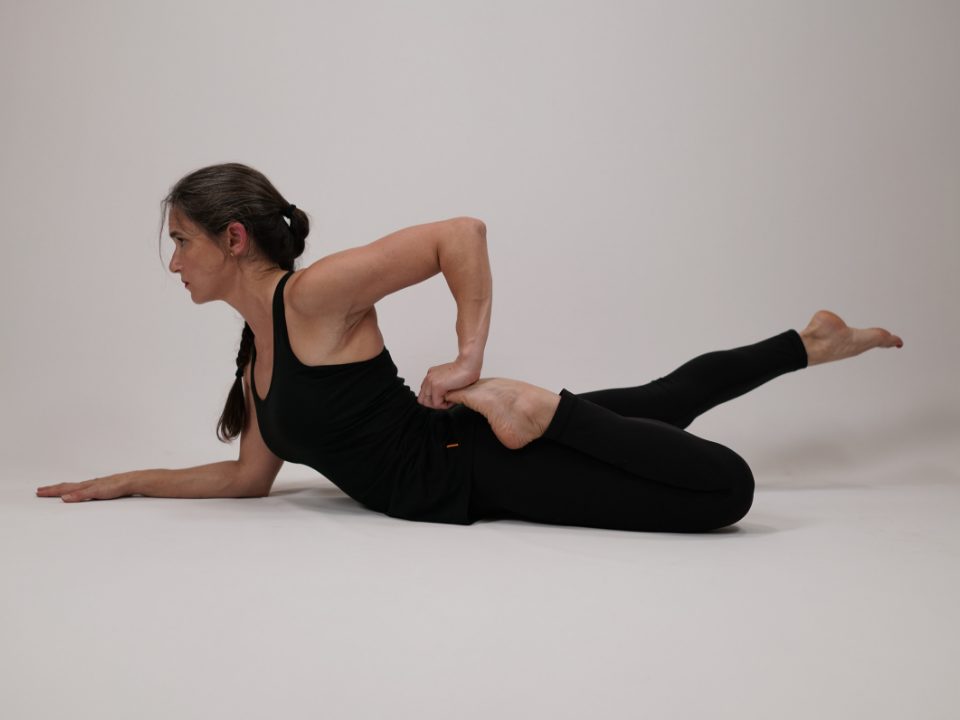Have you ever wondered what our different difficulty levels mean when you’re choosing which class to take? Are you curious about where you should start, or how to transition between the three levels? We’ve put together this post to walk you through exactly what we mean by each level of difficulty, how to navigate the variety of classes that we offer both in person and online, and how to get from one level to the next.
Commitment of all our classes
Before we start, we want you to know that in every single one of our classes we are committed to supporting you in developing the most strength, range of motion, and freedom from pain in every joint in your body. You’ll be treated like an intelligent adult who is capable of learning, and you’ll never be talked down to. All throughout, you will be developing the skills to continue to grow and learn outside of the classroom, empowering you for the rest of your life. And finally, our promise to you is that you will feel better when you finish your practice than before you started.
Three Levels of Difficulty
That said, we offer different flavors of difficulty to address the wide variety of bodies that walk through our studio doors or turn on one of our videos in their living room.
One of the skills that we work on cultivating here at Yoga Better is the very specific skill of getting a newcomer to this practice to go from 0 to 1. We look at the question ‘how do you start doing yoga having never moved your body in this way before?’ That’s where our distinct definition of what Level 1 means comes in.
Level 1: Simple & Safe – “EASY”
Definition: Our Level 1 classes are designed to be simple and safe. By working on balance, strength through range of motion, you will feel safe, challenged and rejuvenated. This class is also a great introduction to our style, regardless of your level.
Our Level 1 classes address the fact that not only are you moving your body in a completely new and different way, but the language being used to instruct you from one pose or process to another is also new and unfamiliar. To keep it simple, the class moves at a gentle pace with strategically placed rests and pauses, and a lot of attention is placed on crystal-clear instruction, repeating different ways to describe the same movement, and directing your attention on keeping each pose safe. The only prerequisite is that you can get up and down off of the ground!
How often should I do this practice?
You can do 60 minutes of a Level 1 class every single day – the classes are gentle and varied enough to be part of your day-to-day. This is the baseline for a pain-free, balanced body.
So, what if you’ve been doing our level 1 classes for a while or you’re already a seasoned yogi looking for more? Here’s where a Level 2 class might come in.
Level 2: Simple & Hard – “MEDIUM”
Definition: Our Level 2 classes are designed to be safe and simple for a seasoned beginner while challenging you with an added a dash of holy moly! You can expect slightly more complex postures that we hold a bit longer with the same amount of humor and fun. You will walk away feeling stronger, more free, and enlivened.
Level 2 classes are the stepping stone between a cozy, nap-like class (Level 1) and a sore-for-days type class (Level 3). You will be given increasingly harder variations to heighten the amount of difficulty and complexity, while also having the option to stay exactly where you are when you’ve reached your limit. You will hold poses for longer and move at slightly faster pace, while still staying safe.
How often should I do this practice?
If you’ve never done a Level 2 class before and you find that you’re sore the next day, then giving yourself rest days in between classes is a good place to start! A rest day might include a leisurely walk, a 30-60 minute Level 1 class, or no physical activity at all! If you’ve been doing this practice for a while and are looking to increase the intensity of your yoga practice, or your strength in general, then ramping up to 5-6 times a week will be necessary to really build power! However, keep in mind that you get stronger when you REST, so intentionally adding those rest days into your routine is still important here.
Alright, I get it! You’re bored of our simple classes, and want to add some extra spice to your life, mentally and physically. Well my friends – we have just the class for you. Read on to learn about our Level 3 classes.
Level 3: Complex & Hard – “HARD”
Definition: In our Level 3 class we have the same commitment as our other classes for feeling better and more functional. Now we play at the edge of your ability. Expect to fail while being surrounded by some of the strongest people in the city (who are also failing).
Hard classes are for people who trust their bodies and already have good strength, range of motion, and want more. We do the hard class to celebrate what’s possible in the human body and push on your edges – we’ll challenge every joint in exotic ways. It’s the most varied & strenuous of all the classes. In a level 3 class, everything we do can hurt you if you ignore your body and allow your ambition to guide you rather than stay safe in the midst of all that difficulty by being willing to fail. As a matter of fact, celebrate failing by chuckling every time you come out of the pose early and commiserating with your neighbors.
If you are actively looking to build strength, flexibility, and stamina at high levels while being challenged mentally, if you’re ready to come up against poses that feel impossible, to push the edges of your range of motion, and have an overall feeling of “why is this so hard?!” then get excited about our Level 3 classes!
How often should I do this practice?
Frequency will depend on how conditioned you are when you begin, and it’s not uncommon to need a week or more to recover. Just like before, if you’ve never done a Level 3 class before, you’ll need to rest after your first one. It’s possible to be sore for more than one day, depending on the class.
However, if you’ve been doing that for a while and you’re feeling strong and ready to keep ramping up your ability, try a Level 3 class up to three times a week. You can start out by fully resting in between, and then as you get stronger, maybe you add in a lower intensity day between your hard practice.
You never need to do a hard practice every day of the week – if you don’t rest, you actually will get weaker. Resting is incredibly important when it comes to repairing the muscle after a hard workout; that is what builds strength!
Now go practice!
Thanks for taking the time to learn how we define the difficulty of our classes here at Yoga Better. Your job is to get curious about what level you think you are at, what level you’d like to be at, and how you’re going to get there. Now go practice!


